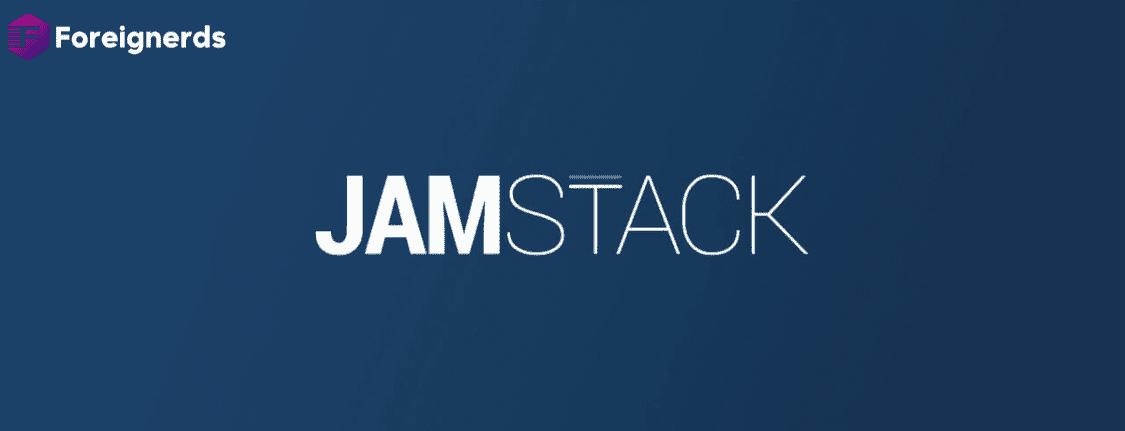- Home
- Design and Development
- The Web’s Evolution and the Emergence...

The history of the web is a testament to its incredible evolution. From its humble beginnings as a purely static platform to the dynamic and interactive ecosystem we know today, the web has undergone significant transformations. This article explores the past, present, and future of the web, with a particular focus on the emergence of Jamstack architecture as a promising alternative to conventional web development. We’ll delve into the architectural differences, pros and cons, and the positioning of hosting providers in this evolving landscape.
The Web’s Inception and Simplicity Around three decades ago, the first website emerged, and the web was an exceedingly simple place. Comprising primarily of HTML and CSS, early websites were static in nature. Interactivity was minimal, and the concept of user-generated content was yet to take root.
The Shift Towards Interactivity and User Experience As we entered the new millennium, the advent of Web 2.0 marked a pivotal turning point. This era brought a heightened emphasis on interactivity, user experience (UX), and user-generated content. Content Management Systems (CMS) played a crucial role in enabling participation without the need for extensive programming skills. The result was an exponential growth in the web’s reach and capabilities. Over the last decade, the share of CMS-based websites has surged from around 20% to over 60%.
Decoupling and Prerendering Redefined While the rise of CMS platforms reshaped web development, the fundamental architecture of the web remained largely unchanged. However, a new paradigm has emerged: The Jamstack section explores the principles of Jamstack architecture and whether it’s the right choice for your projects.
Understanding the Key Architectural Differences In this section, we’ll compare the conventional web and Jamstack architectures to gain a deeper understanding of their respective strengths and weaknesses.
Pros and Challenges of Traditional Web Development This section provides an in-depth examination of the advantages and drawbacks associated with the conventional web development approach.
Advantages and Limitations of the Jamstack Architecture In this section, we explore the strengths and weaknesses of the Jamstack architecture, shedding light on its potential benefits and challenges.
Traditional and Specialized Hosting Providers This section explores the positioning of hosting providers in the web development landscape, highlighting the choices available to developers and website owners.
Many traditional hosting providers, like GoDaddy, continue to offer LAMP-stack based hosting solutions. These packages, often shared or dedicated, cater to conventional web development needs. While it is technically possible to use these hosting packages for Jamstack sites, they come with unnecessary components, such as databases and extensive storage, and lack Git integration. Their pricing, typically around $10, may not align with the simplicity of delivering static sites.
The shift towards Jamstack architecture has given rise to niche hosting providers. Startups like Netlify and Vercel in the United States focus solely on static sites, eschewing server runtimes and databases. DigitalOcean, another provider, offers developer-friendly hosting platforms that, in theory, can support static sites. However, their primary focus remains on hosting resource-intensive and scalable applications.
The web’s evolution has been a remarkable journey, from its static origins to the dynamic and interactive platform we have today. The rise of Jamstack architecture presents a compelling alternative to traditional web development, offering numerous benefits, such as efficient resource utilization, security, and developer-friendly workflows. As the web continues to evolve, choosing the right architecture and hosting provider will be pivotal in shaping the digital future. Whether you opt for the conventional web or embrace the Jamstack, understanding the pros and cons of each approach is essential for success in the ever-changing landscape of web development.
© 2013 - 2024 Foreignerds. All Rights Reserved